This post may contain affiliate links. Please read our disclosure policy.
No vegetable oil? No problem! These are the best vegetable oil substitutes for brownies that’ll still give you delicious results.
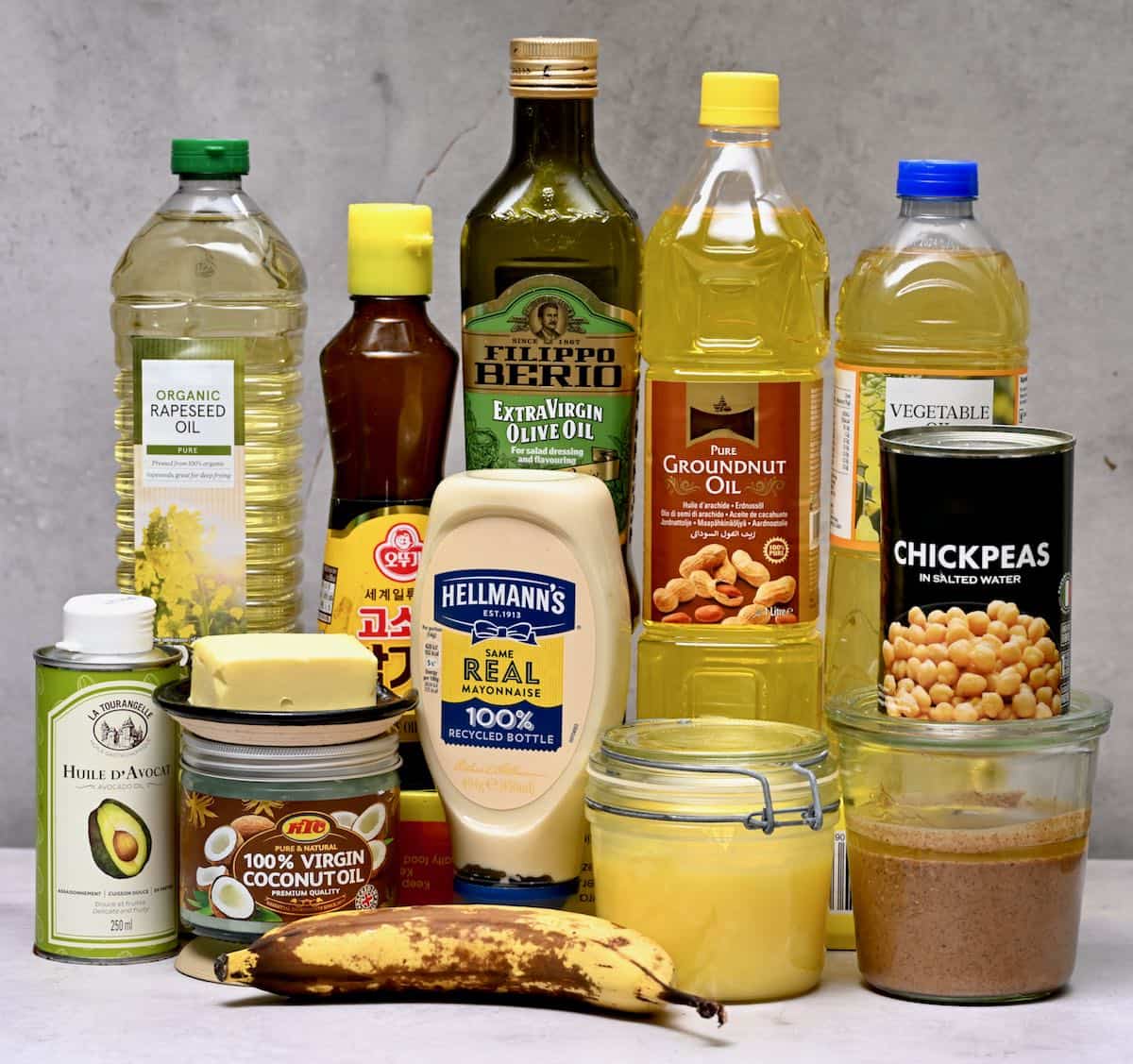
To get fudgy, decadent, chocolatey brownies, most recipes use vegetable oil as it brings plenty of moisture, but little to no flavor. But what do you do if there’s none in the pantry? Luckily, there are dozens of easy alternatives to substitute vegetable oil in brownies that you likely already have at home.
Want to save this recipe?
Butter
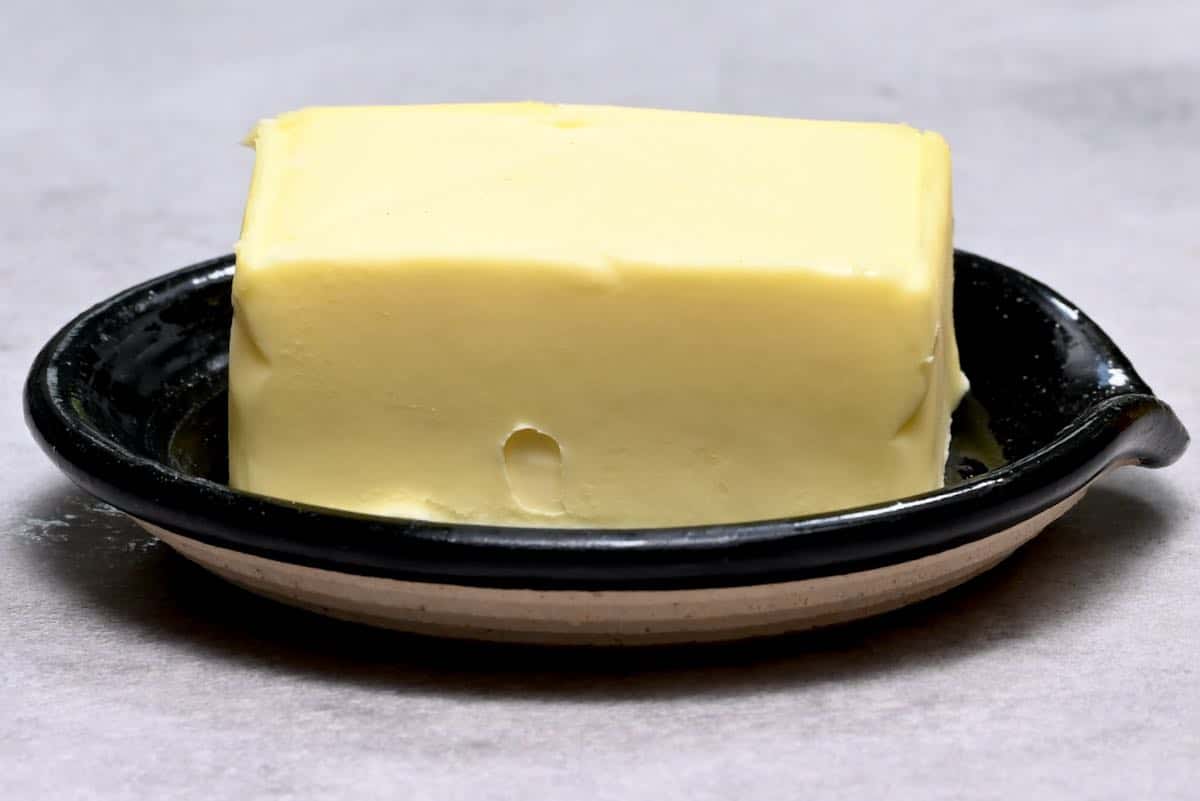
One of baking’s most fundamental ingredients, I use butter for my ultimate brownie recipe and it’s a rich, fridge-friendly ingredient to substitute vegetable oil for. Bringing richness and creaminess to a recipe (depending on what variety you buy), it will make your brownies super soft.
Ingredients and Measurements: Use equal measurements in weight of butter as you would vegetable oil. You may need to convert to ounces/grams and find it easier to melt the butter before using so it mimics liquid oil.
Process: If using the creaming method, add the butter and sugar together, then follow the recipe as normal. Otherwise, add the butter when directed to in the recipe.
Ghee
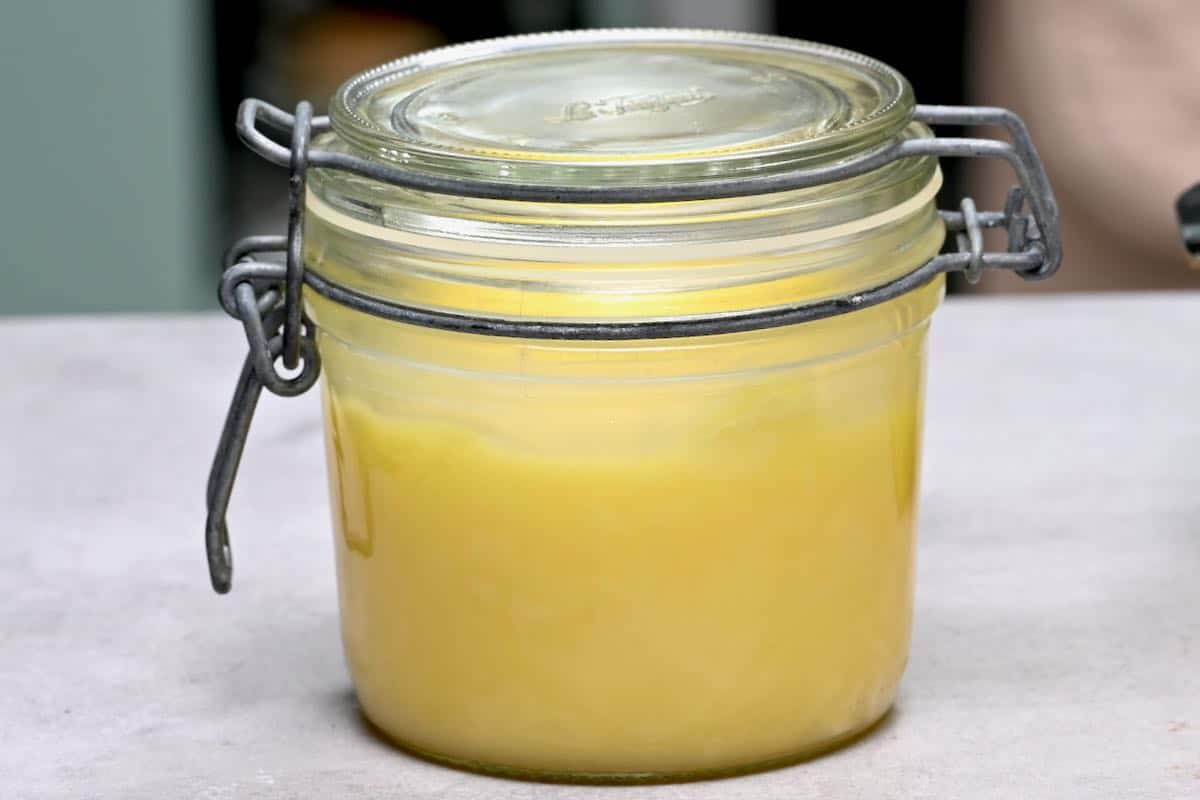
With its rich, buttery, complex flavor, ghee sits somewhere between butter and oil and will add a unique taste to brownies. Because of its strong and nutty flavors, the grass-fed ghee will change the overall taste of your brownies, but you can adapt to this with extra ingredients or use a flavorless ghee oil.
Ingredients and Measurements: Use equal measurements of ghee as you would vegetable oil.
Process: Add the ghee to the mixture as directed.
Canola oil/Rapeseed oil
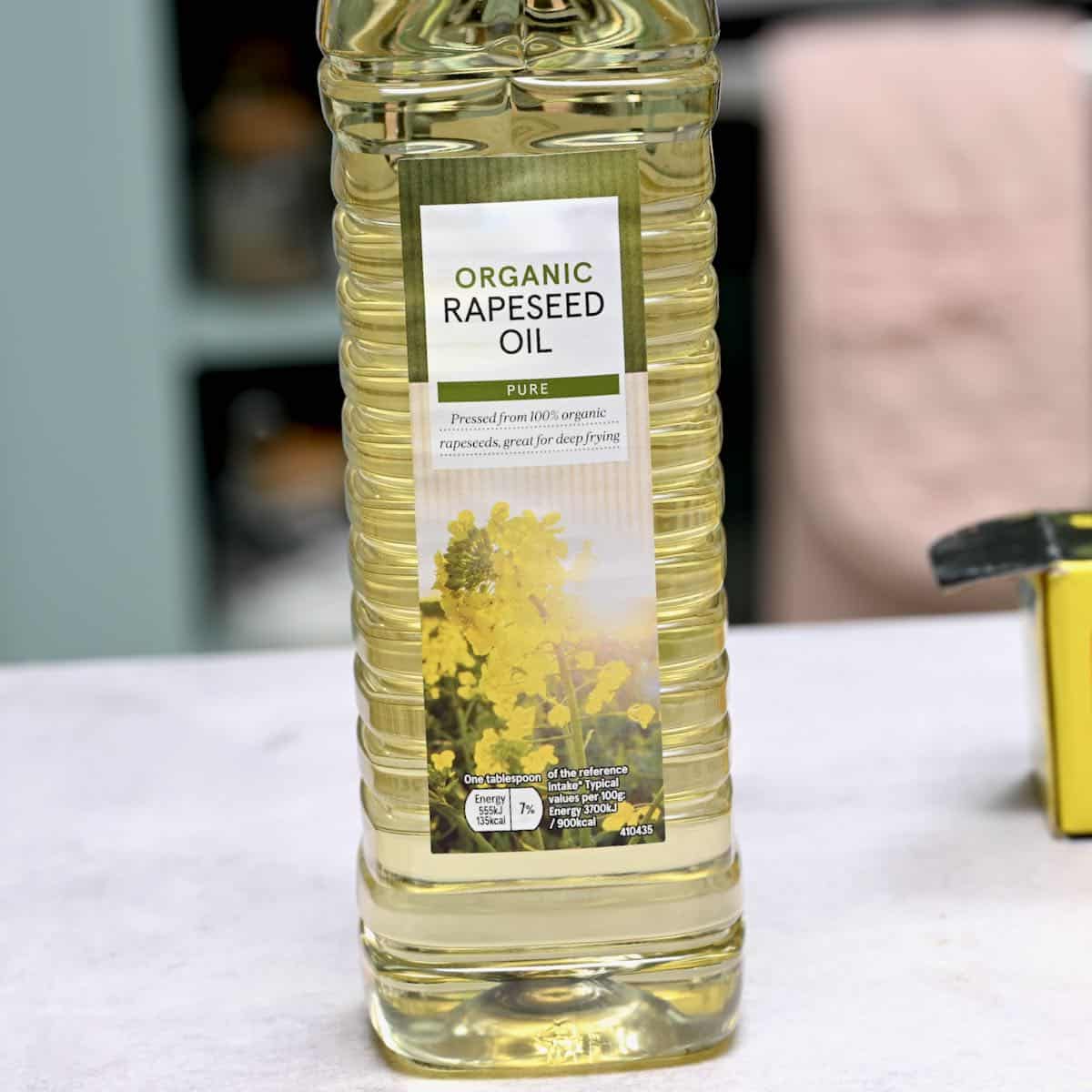
Light in both texture and flavor, canola oil/rapeseed oil – a variety of vegetable oil – will enhance the chocolate flavor of your brownies without adding any extra taste, as some oils can. It will deliver an extra hit of goodness to brownies whilst still maintaining a soft, moist texture inside.
Ingredients and Measurements: Use equal amounts of canola oil as you would vegetable oil.
Process: Pour the canola oil into the brownie mix as you would vegetable oil and stir to combine.
Sunflower oil
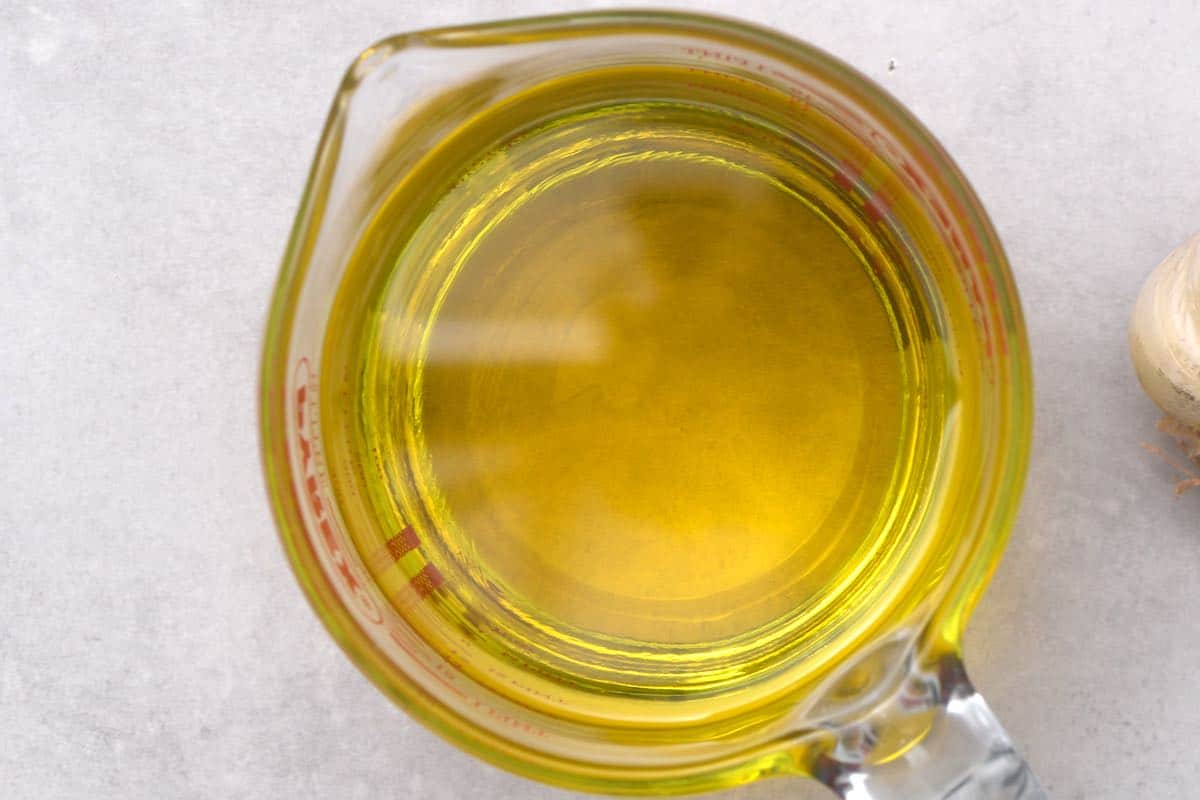
An easy way to make your brownies vegan and vegetarian-friendly is to use sunflower oil, another rich vegetable oil substitute for brownies. This is a great option to use if you’re incorporating nuts into your brownie recipe, as it has a deliciously nutty flavor when baked.
Ingredients and Measurements: Use equal amounts of sunflower oil as you would vegetable oil.
Process: Pour the sunflower oil into the brownie mix as directed.
Grapeseed oil
Made from the petite seeds in grapes, grapeseed oil is another great alternative to vegetable oil. Its neutral taste means it won’t overpower the deep, chocolatey flavor of the brownies, but it’ll give the same texture and moisture levels as vegetable oil.
Ingredients and Measurements: Use equal amounts of grapeseed oil as vegetable oil.
Process: Add the grapeseed oil into the brownie mix as directed.
Olive oil
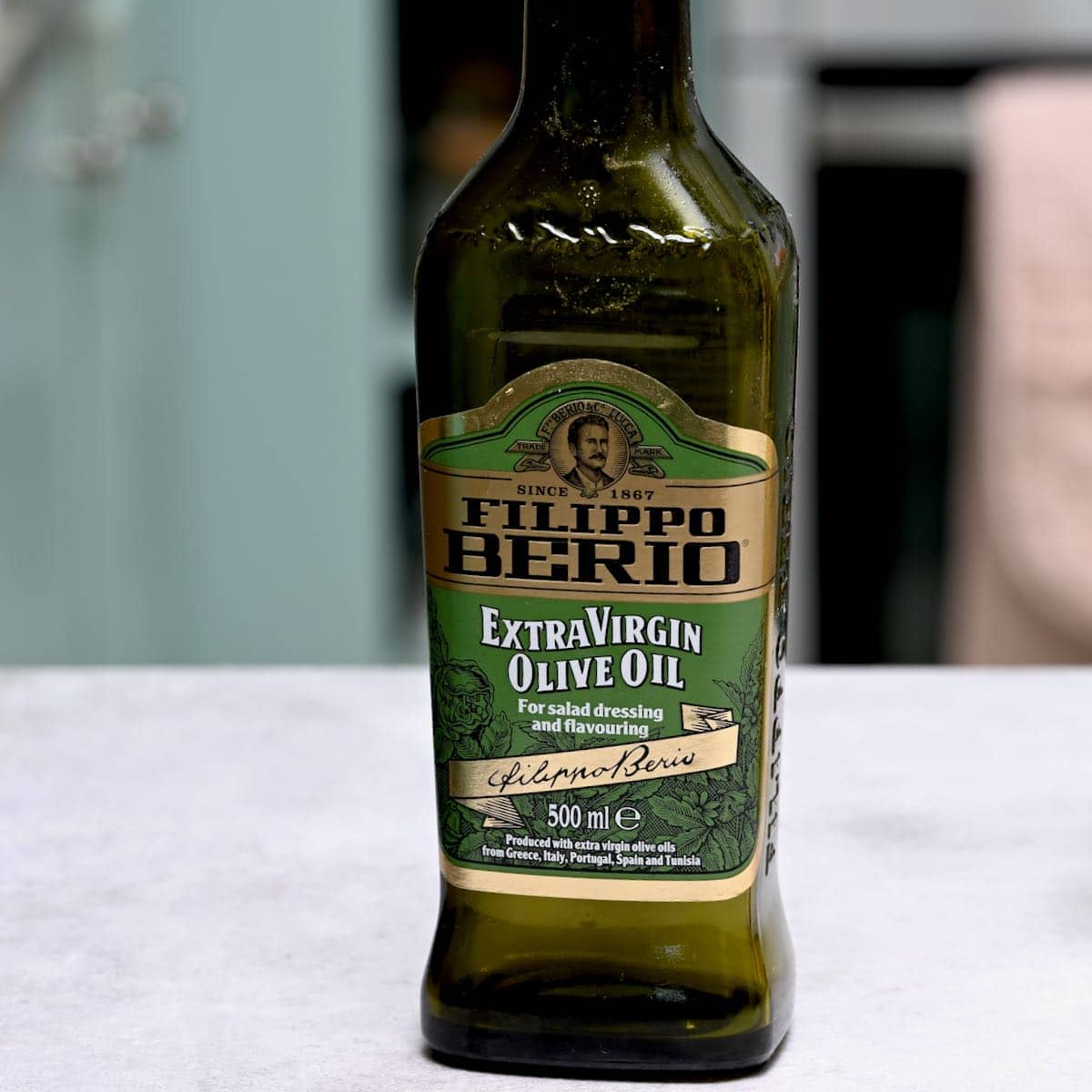
Yes, olive oil does have a very distinct taste – but it still works as a vegetable oil substitute for brownies. It’s a great option if you’re incorporating berries or other fruits into your batter as it has a rather fruity taste. Just be sure to go for extra light olive oil so it doesn’t overpower.
Ingredients and Measurements: Use equal amounts of olive oil as vegetable oil.
Process: Add the olive oil to the brownie mix as directed.
Avocado oil
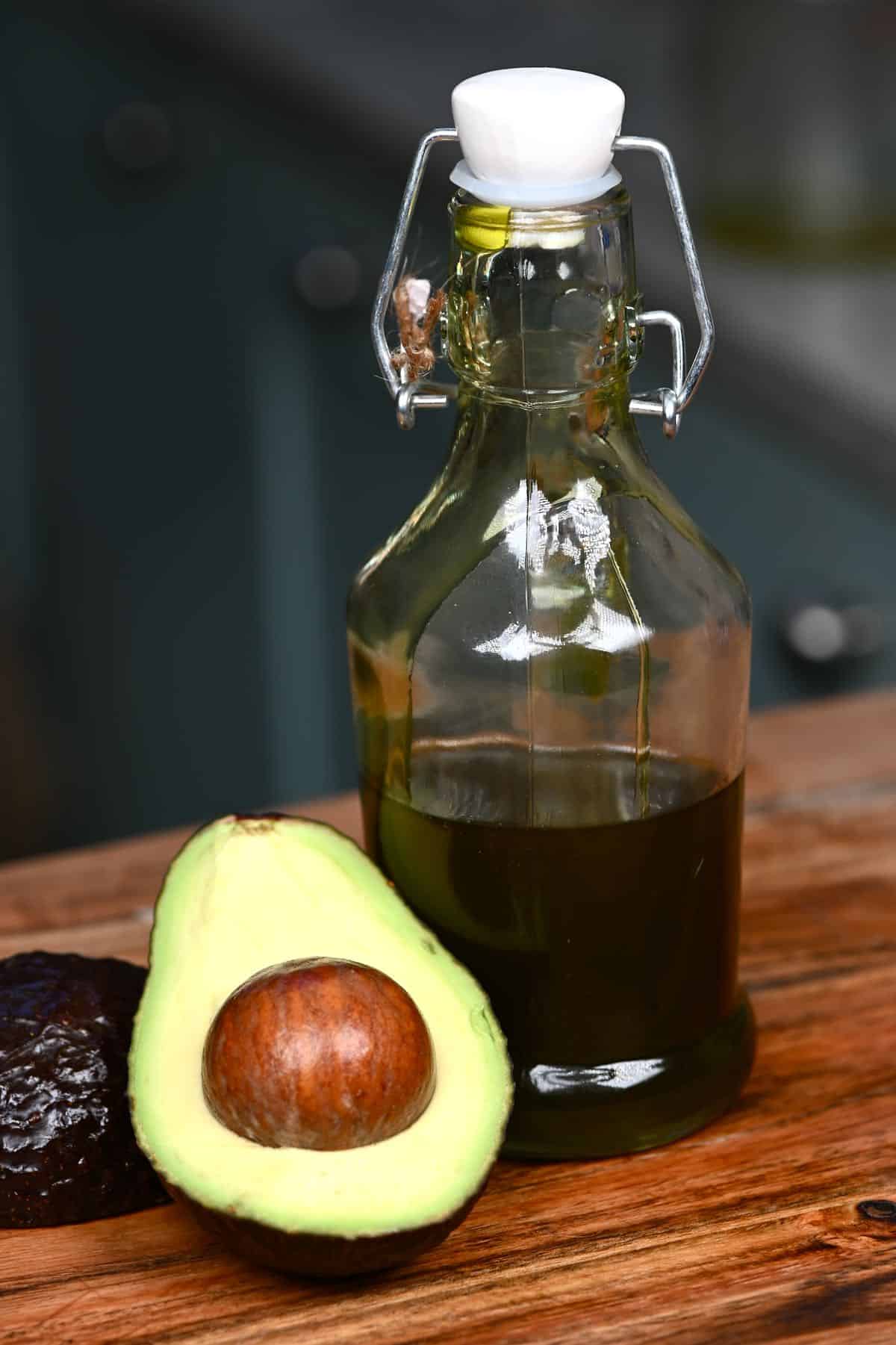
Light in flavor, avocado oil is rich in vitamins and won’t affect the overall taste of your brownies. Because this particular oil will give your brownie batter a slightly thicker, creamier consistency, you end up with buttery, rich brownies – though you can thin it with a little water if needed.
Ingredients and Measurements: Use equal amounts of avocado oil as you would vegetable oil.
Process: Use as the recipe directs.
Peanut oil
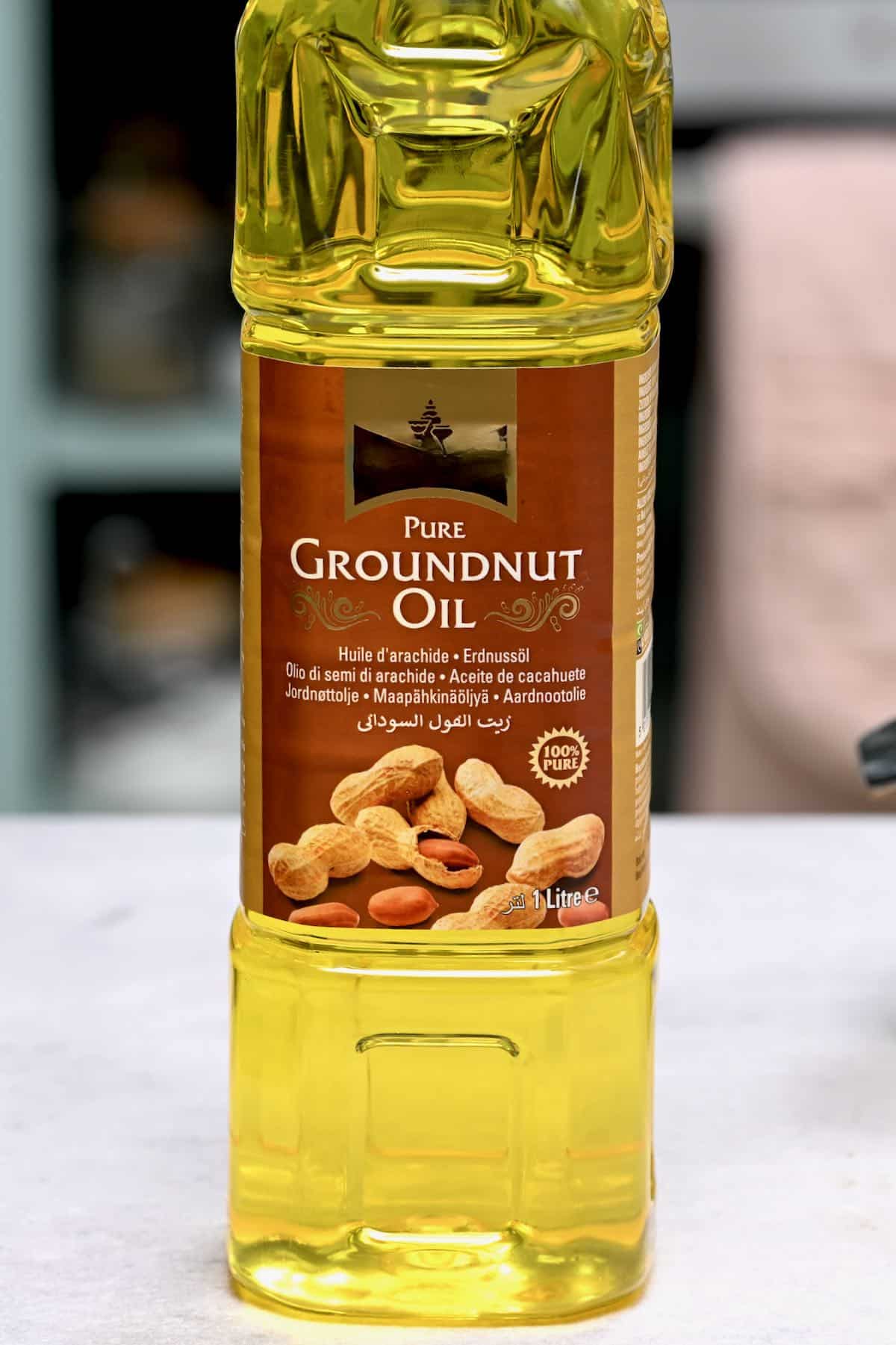
Like many other vegetable oils, peanut oil has a surprisingly neutral flavor and won’t overwhelm the chocolate taste of your brownies. Add freshly chopped peanuts or a spoonful or two of peanut butter to enhance the flavor for those who can taste the peanut.
Ingredients and Measurements: Use equal amounts of peanut oil as you would vegetable oil.
Process: Use as the recipe directs. Be aware peanut oil has a very smoking point, so your brownies may cook quicker than with vegetable oil.
Coconut oil
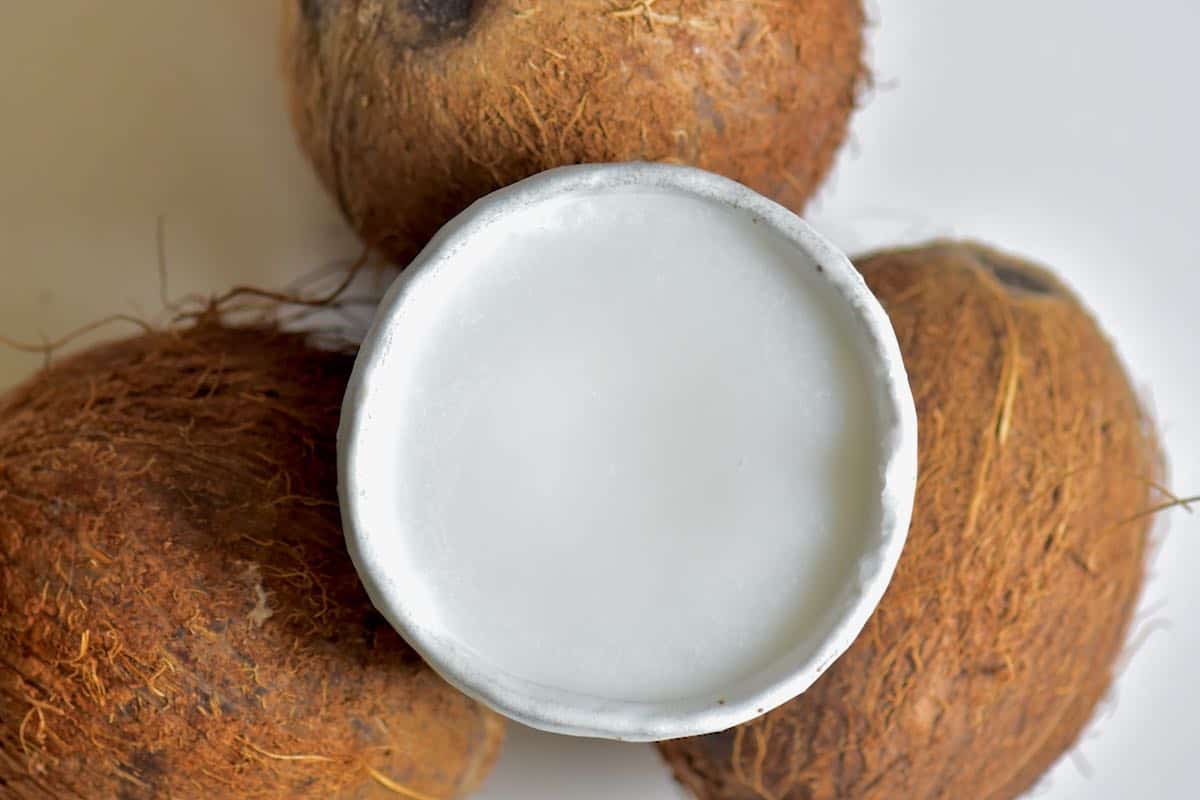
Coconut oil is best used if you like the flavor of coconut, as the undiluted oil has a very particular taste to it. Bringing a tropical flavor to your brownies, the coconut taste won’t be as strong after they’ve baked and you can dilute with a little vanilla essence if you want to make rich, fudgy brownies.
Ingredients and Measurements: Use equal measurements of coconut oil as you would vegetable oil.
Process: Make sure the coconut oil is melted before using, rather than solid. Add to the mixture as directed.
Untoasted sesame oil

Because of its neutral taste, untoasted sesame oil is great for making brownies. It still has a slightly nutty aftertaste, but that should compliment the chocolate well and only be picked up by someone with a very sensitive palate. Try pairing it with chopped nuts to round out the flavor.
Ingredients and Measurements: Use equal amounts of untoasted sesame oil as you would vegetable oil.
Process: Add to the mixture as directed.
Nut butters
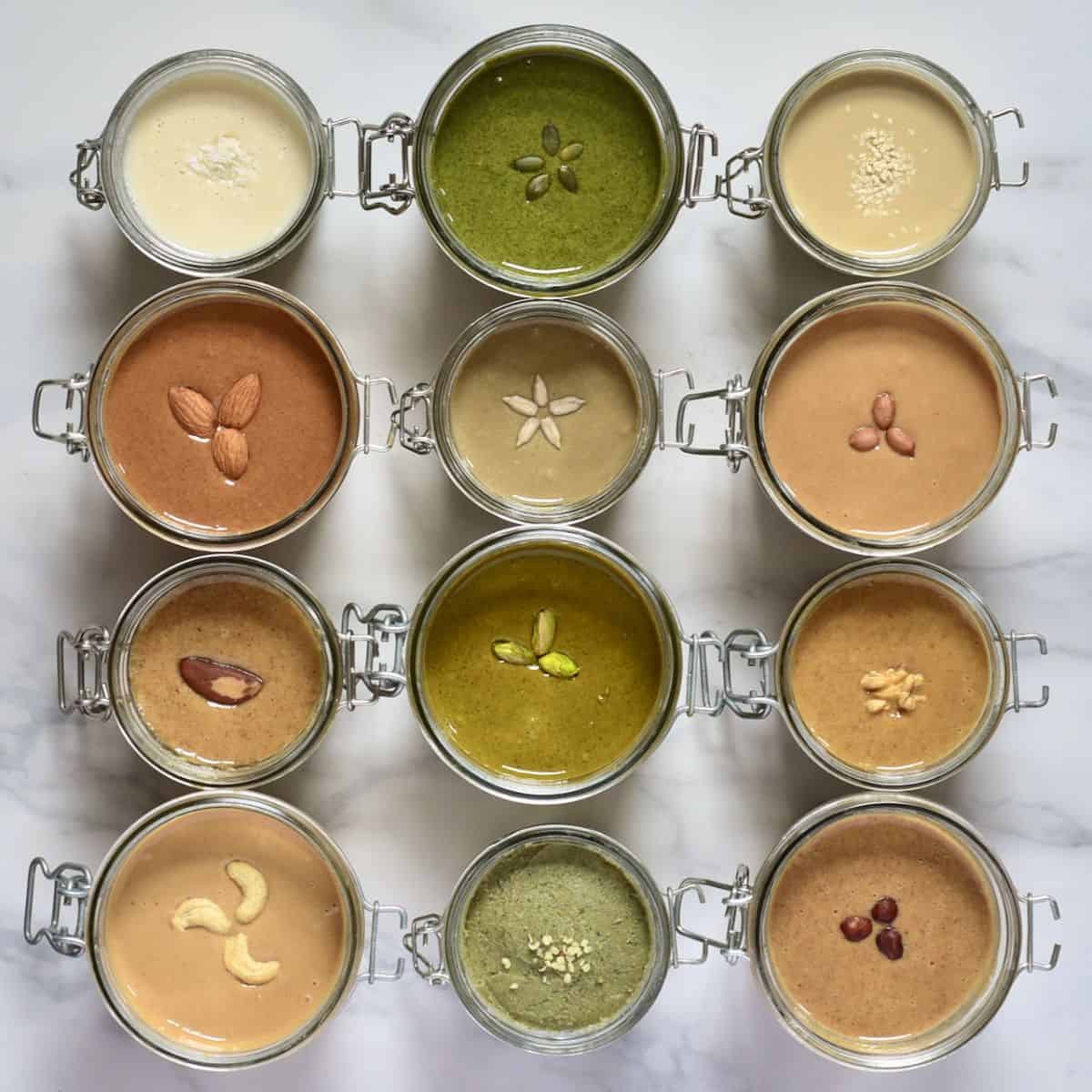
Break into a jar of peanut, almond, or cashew butter – these nut butters make a surprisingly good vegetable oil substitute for brownies. Not only will it bring an extra layer of flavor, but it’ll give a thicker, chewier texture and are great if you prefer cakey to fudgy brownies.
Ingredients and Measurements: Depending on how much flavor you want and how chewy of a texture, you can use ½ of the measure of vegetable oil or the same measurement.
Process: Add the nut butter to the mix as directed. You may want to thin out the nut butter if it’s particularly thick with a little water or milk.
Mashed banana
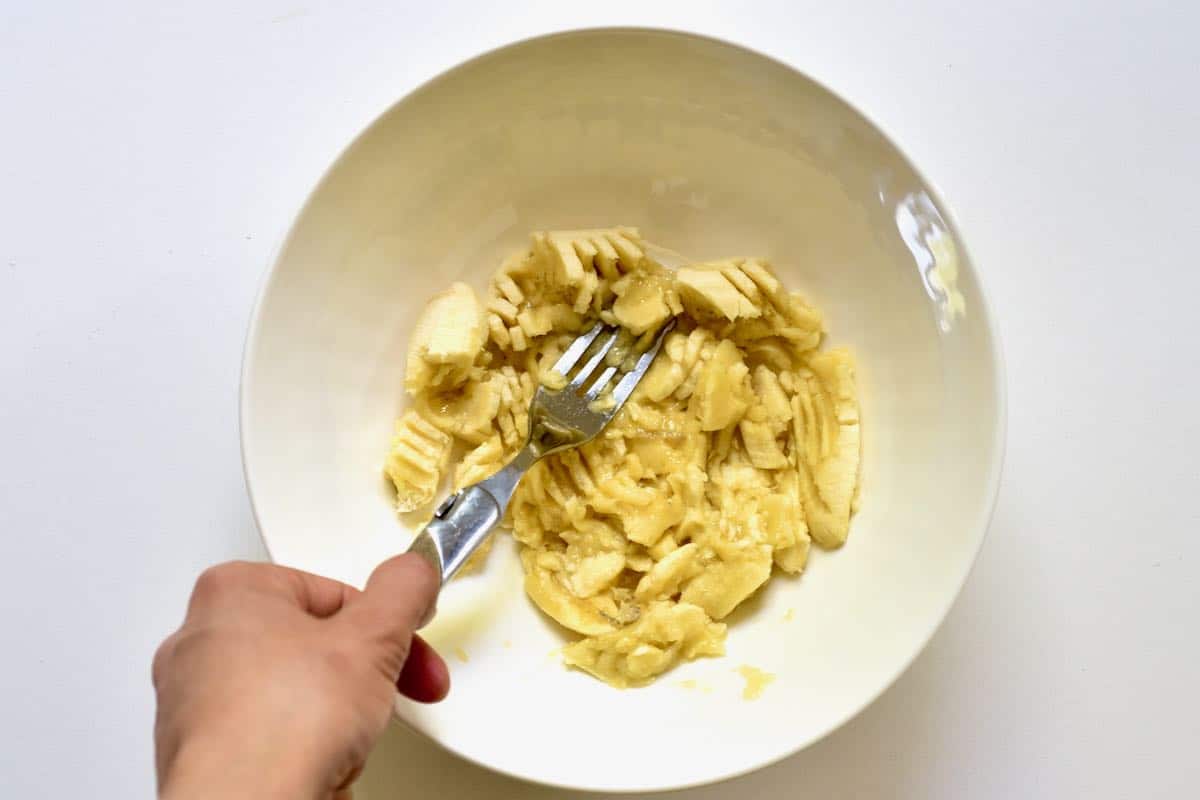
Creamy and sweet all on their own, adding mashed bananas to a brownie makes a delicious marriage of banana and chocolate that’s a little like chocolate banana bread. Moist and with their unique flavor, you need less banana than you think to get the moisture of vegetable oil.
Ingredients and Measurements: Use ½ cup of mashed banana for every 1 cup of vegetable oil at a 1:2 ratio.
Process: Mash the banana separately, then add to the brownie mixture as directed.
Mashed avocado
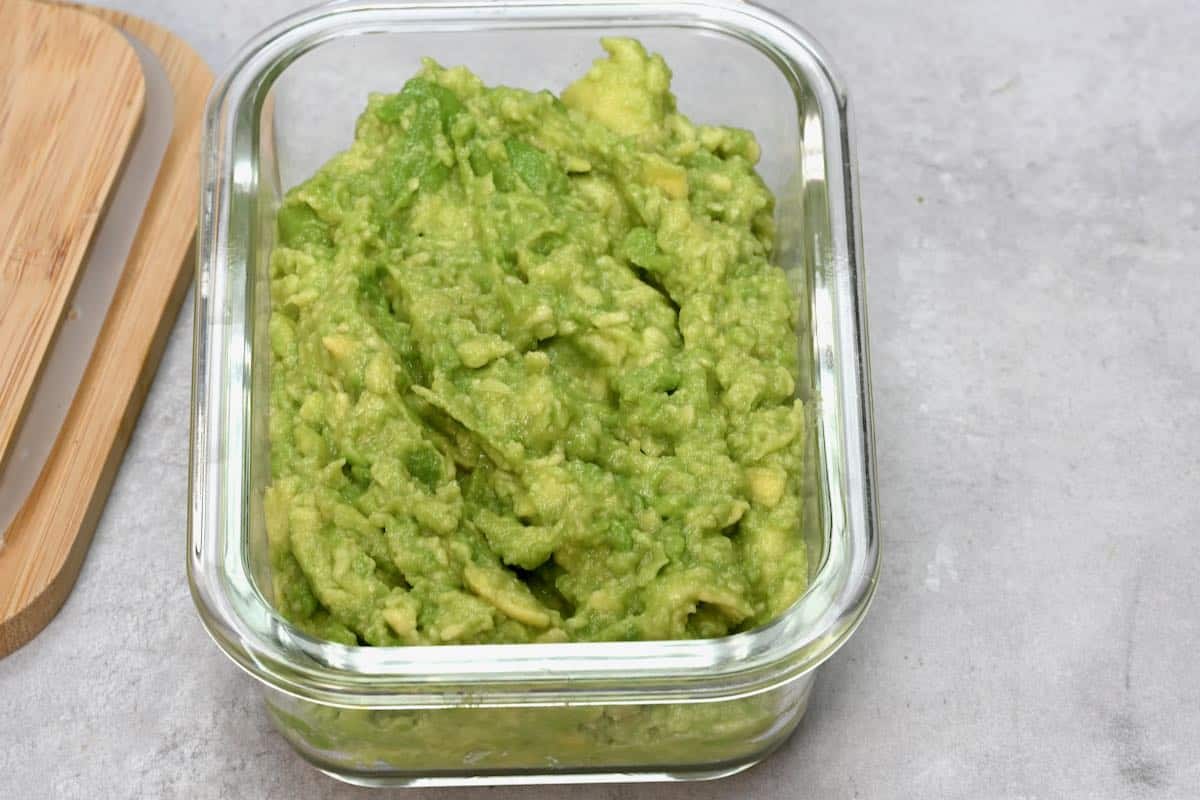
Working just like mashed banana, mashed avocado brings a fudgy, rich texture to your brownies alongside a bevy of healthy fats. Its relatively neutral flavor combines well with other sweet ingredients – particularly chocolate – for a dense, delicious brownie.
Ingredients and Measurements: Use 1 whole avocado to every ½ cup of oil.
Process: Blend the avocado in a blender until you have a smooth, liquid sauce, then add to your brownie mix as directed.
Applesauce
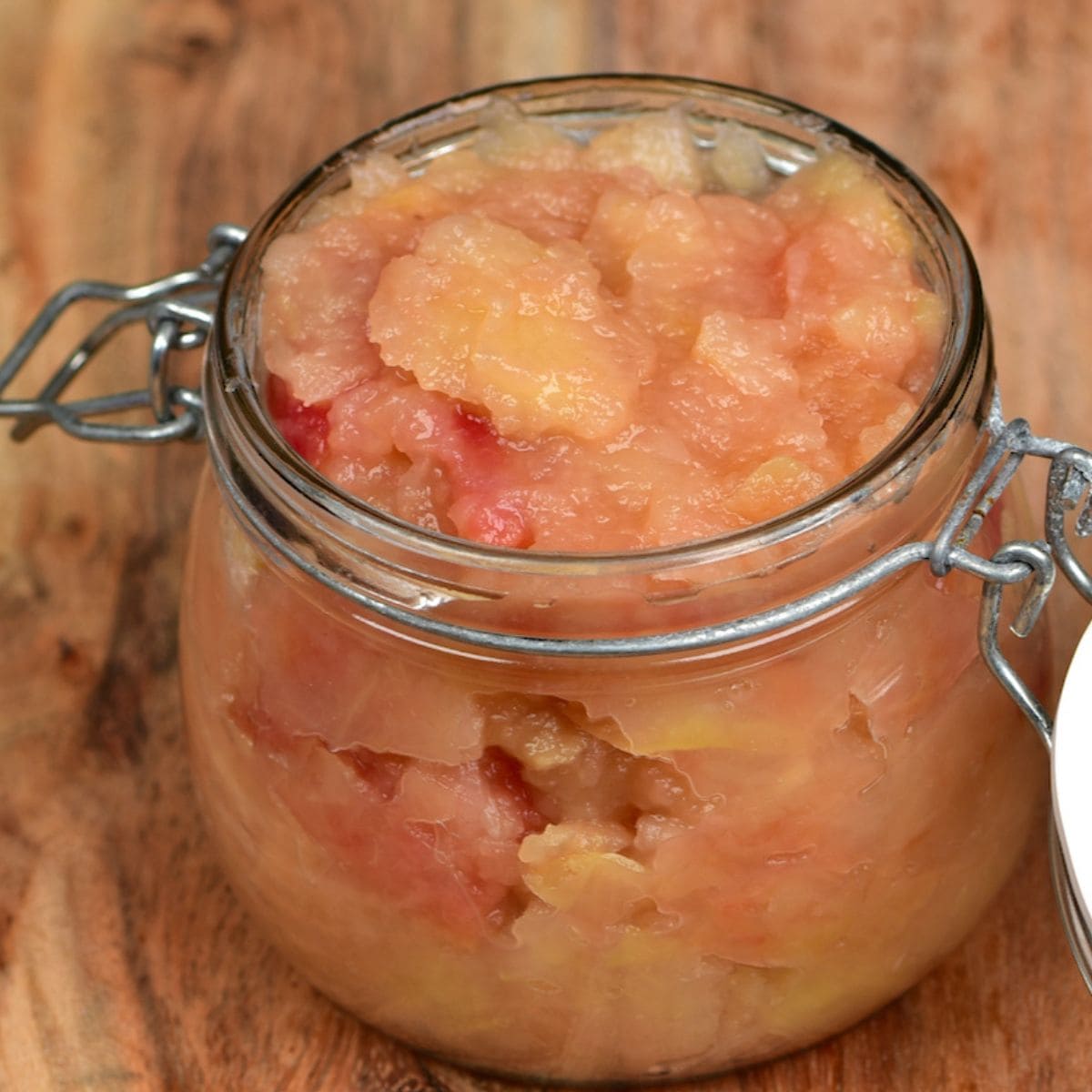
Opt for unsweetened applesauce or make quick homemade applesauce, and you’ll have fudgy brownies that are a little friendlier on a budget! Making for an excellent binding agent and adding just a hint of apple flavor (but not one that overpowers the chocolate) be sure to adjust the amount of sugar in your recipe, as applesauce contains natural sugars.
Ingredients and Measurements: Use ¾ cup of applesauce for every 1 cup of vegetable oil.
Process: Add the applesauce as directed to the mix. Reduce the amount of sugar in your recipe if using applesauce so the brownies aren’t overly sweet. Taste the mixture before baking to check.
Yogurt
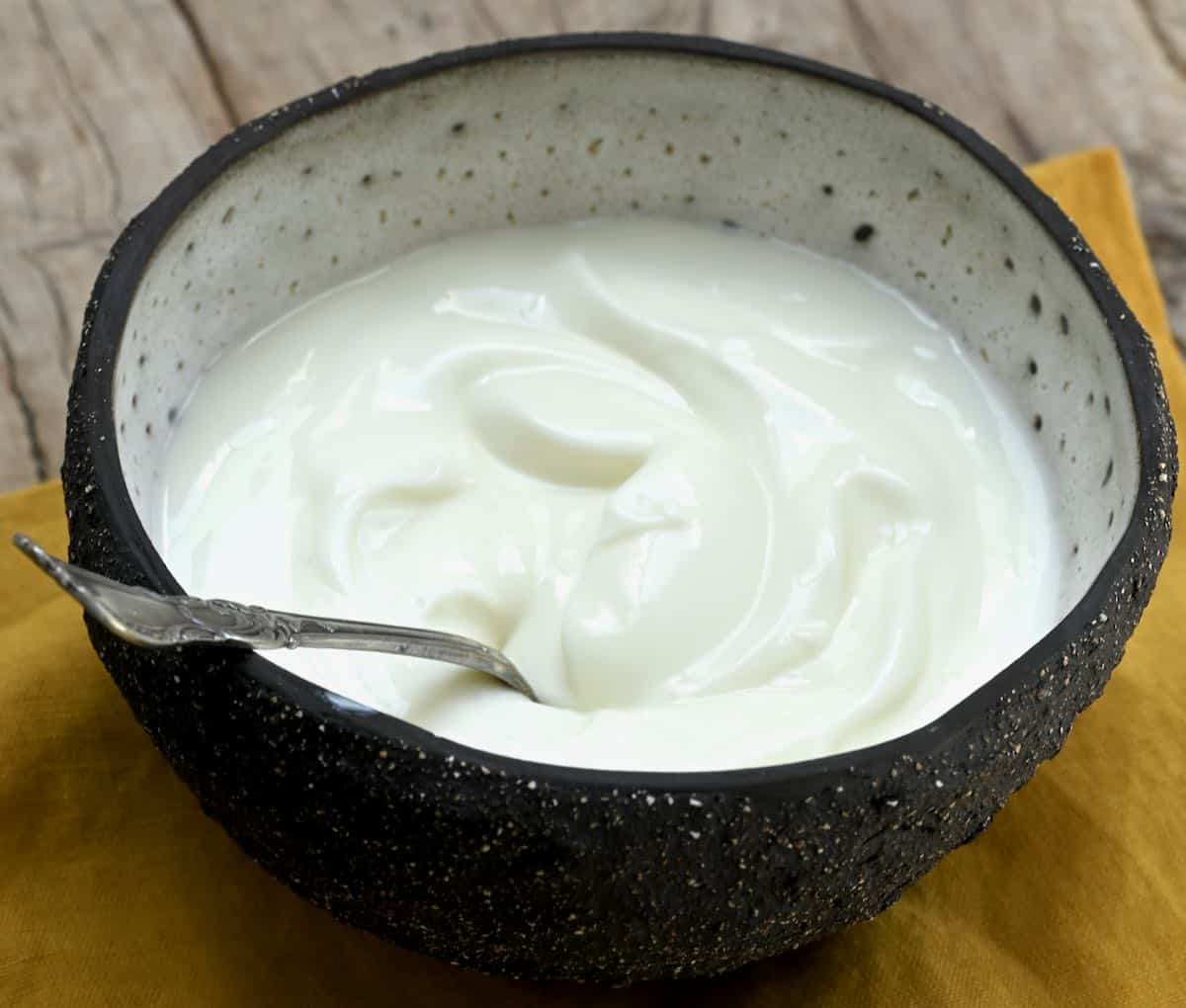
Whether you use spoonfuls of thick homemade yogurt or everyday flavored, yogurt brings plenty of moisture to a brownie batter. Choose unsweetened – or you can adjust your recipe to incorporate extra flavors. Either way, it makes for a moist, fudgy brownie.
Ingredients and Measurements: Use equal measurement of yogurt as vegetable oil.
Process: Add the yogurt to the mix as directed. If using Greek or thicker yogurt, you may want to thin it out with a little milk or water, depending on your preference.
Mayonnaise
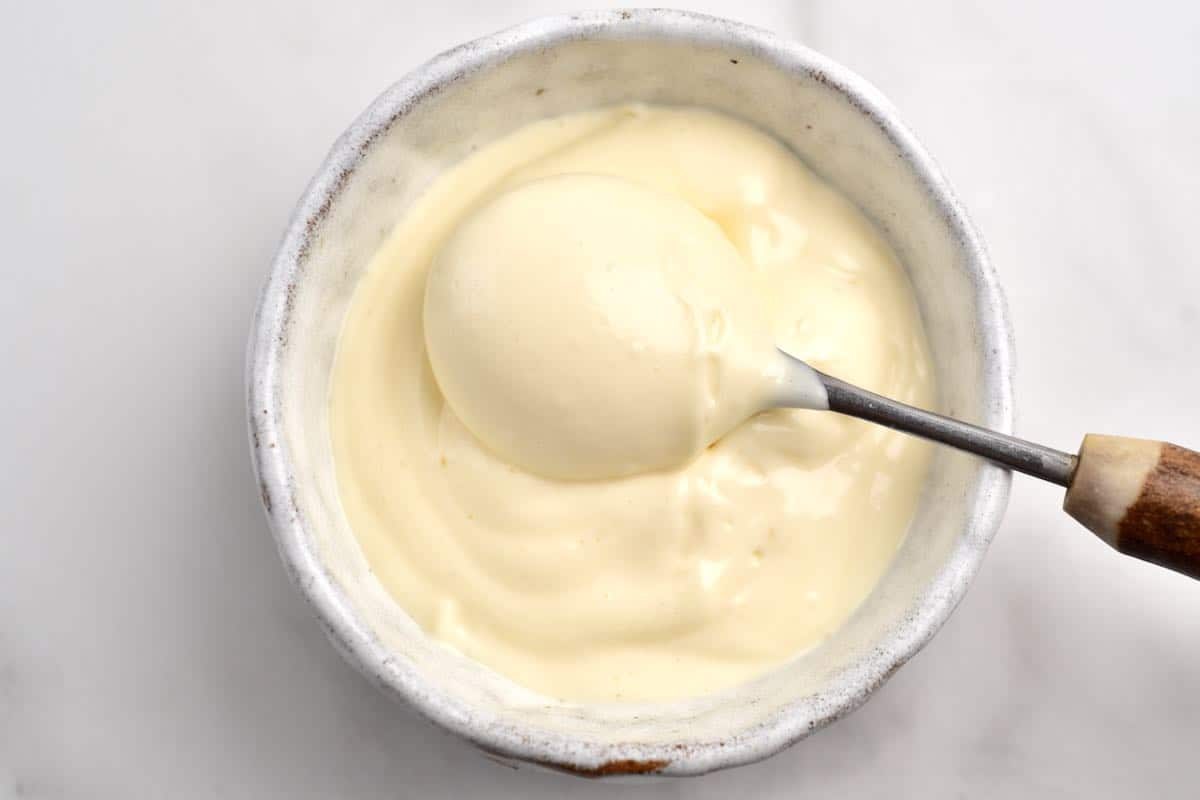
With just two ingredients – eggs and oil – to make them, mayonnaise is an excellent vegetable oil substitute for brownies. It might sound weird, but mayo’s neutral flavor and thick and creamy consistency make the perfect binding agent for moist brownies.
Ingredients and Measurements: Use the same measurement of mayonnaise as you would vegetable oil.
Process: Add the mayonnaise to the mix as directed.
Silken tofu
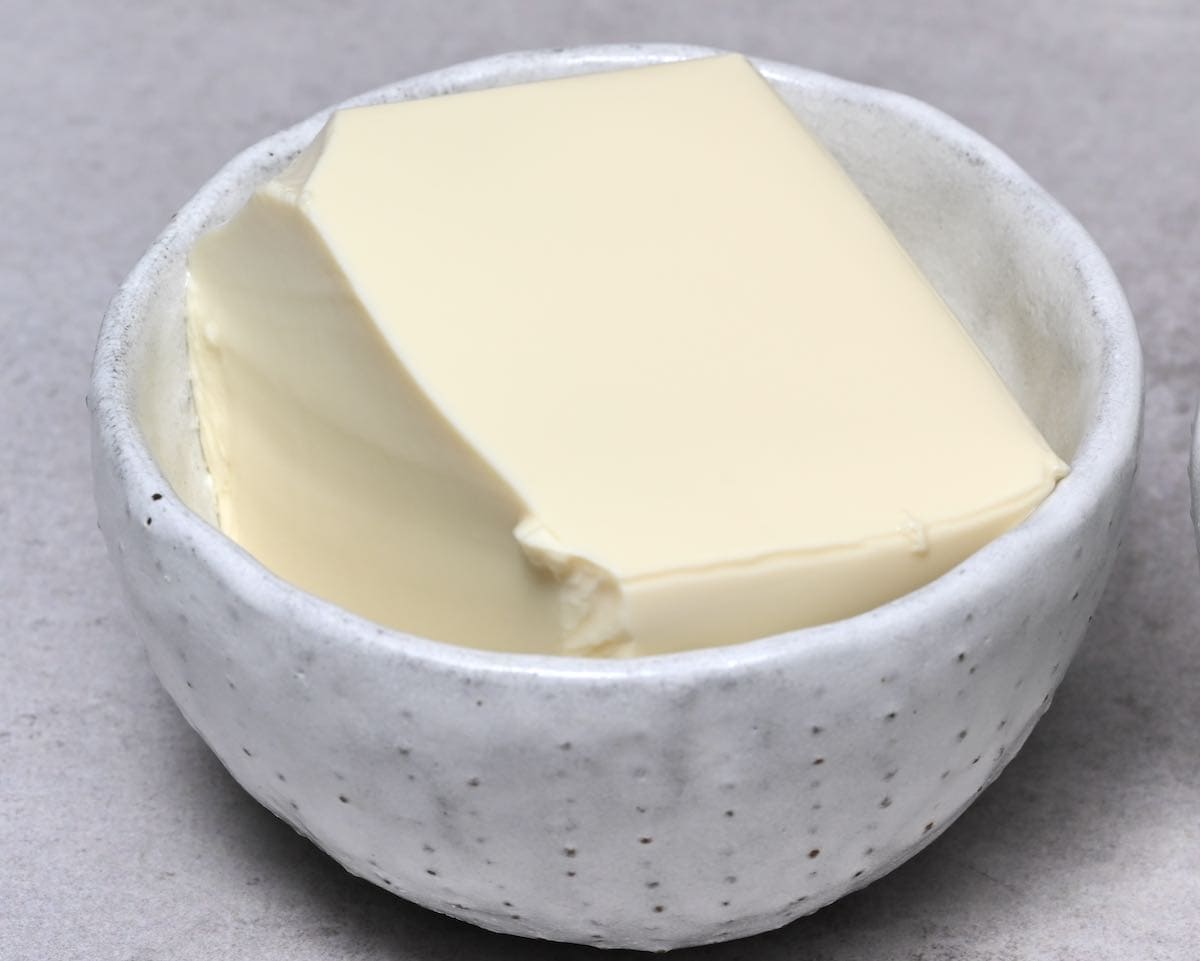
With a custard-like texture and soft consistency, silken tofu is perfect if you like your brownies thick, dense, and rich. Use for plant-based, vegan-friendly brownies that use a high percentage of chocolate or cocoa powder in them – tofu works best with stronger flavors in baking.
Ingredients and Measurements: Use 1/3 cup of silken tofu for every 1/2 cup of vegetable oil.
Process: Blend the tofu in a good blender until it turns into a smooth liquid, then add to the mixture as directed.
Aquafaba
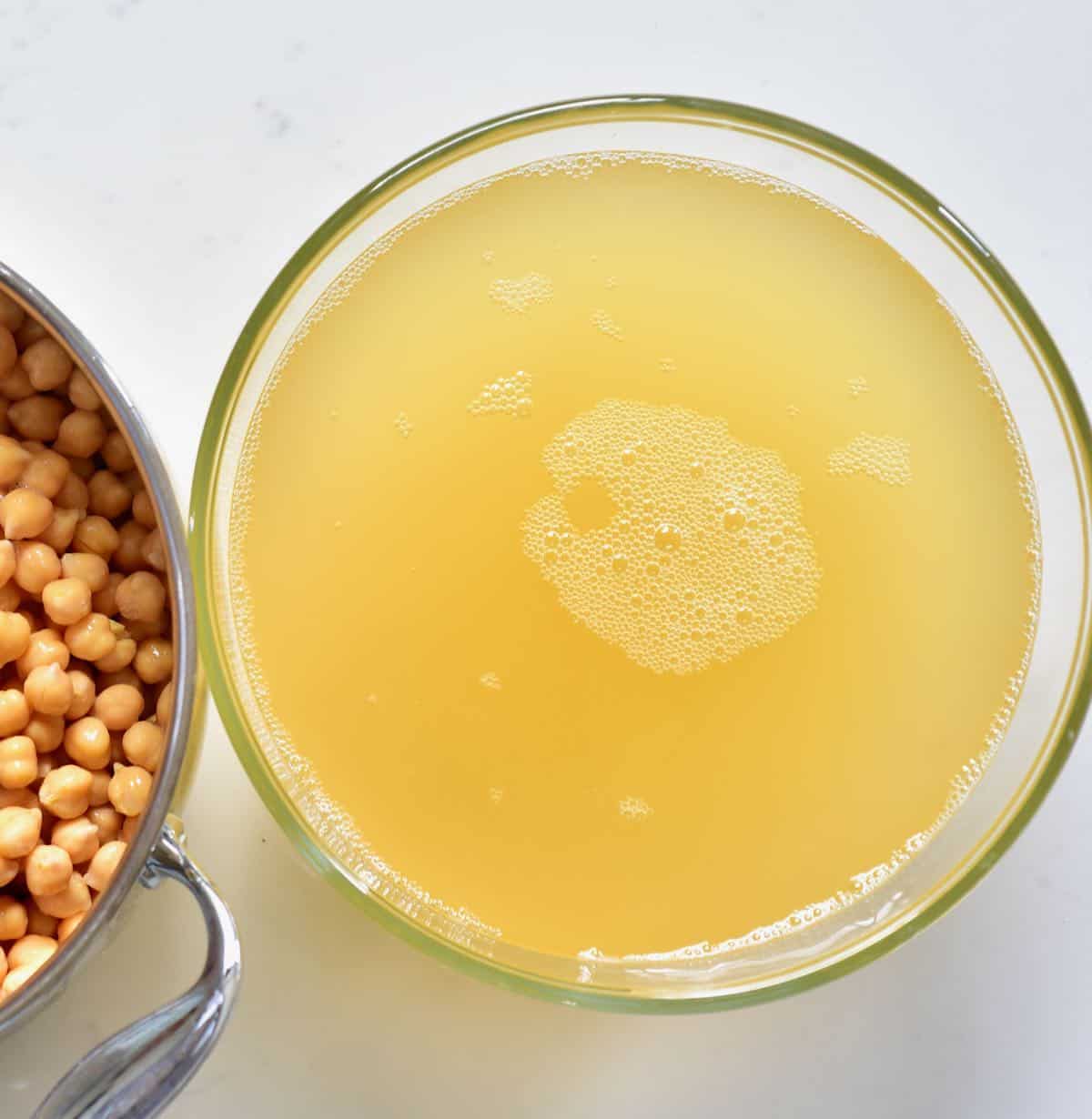
The liquid that surrounds canned chickpeas is a staple in vegan baking as it can be whipped up like egg whites or used on its own to bring moisture and depth to brownies. Because of its relatively neutral flavor, aquafaba won’t overpower the chocolate but will still bring plenty of richness for a good brownie.
Ingredients and Measurements: Use equal amounts of aquafaba as vegetable oil.
Process: Drain the aquafaba from your chickpeas or use pre-drained. Add to the brownie mix as directed.
If you use any of these substitutes, let me know how it goes in the comments below. I’d appreciate a recipe card rating and would love to see your recipe recreations – tag me on Instagram @Alphafoodie!
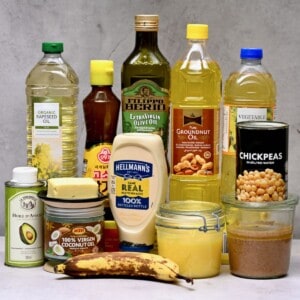
Best Vegetable Oil Substitutes for Brownies
Ingredients
To substitute
- 1 Tbsp vegetable oil
Instructions
Butter
- Use equal measurements of butter as you would vegetable oil. You may need to convert to ounces or grams and find it easier to melt the butter before using so it mimics liquid oil. Add as the recipe directs.
Ghee
- Use 1 Tbsp of ghee. Add as directed.
Canola oil/Rapeseed oil
- Use 1 Tbsp of canola oil. Add as directed.
Sunflower oil
- Use 1 Tbsp of sunflower oil. Add as directed.
Grapeseed oil
- Use 1 Tbsp of grapeseed oil. Add as directed.
Olive oil
- Use 1 Tbsp of olive oil. Add as directed.
Avocado oil
- Use 1 Tbsp of avocado oil. Add as directed.
Peanut oil
- Use 1 Tbsp of peanut oil. Add as directed. Be aware peanut oil has a high smoking point, so your brownies may cook faster.
Coconut oil
- Melt the coconut oil until it becomes liquid, then use 1 Tbsp and add to the brownie batter.
Untoasted sesame oil
- Use 1 Tbsp of untoasted sesame oil. Add as directed.
Nut butters
- Use 1/2 to 1 Tbsp nut butter depending on how much flavor and chewiness you want. Add directly to mix or thin with some milk or water. You may want to thin out the nut butter if it’s particularly thick with a little water or milk.
Mashed banana
- Use 1/2 Tbsp mashed banana. Mash the banana separately, then add it to the mix as directed.
Mashed Avocado
- Use 1 avocado for every 1/2 cup of oil at a ratio of 2:1. Blend the avocado until smooth, then add to the mixture.
Applesauce
- Use 3/4 cup of applesauce for every 1 cup of vegetable oil. Add to the mixture. Reduce the amount of sugar in the recipe as the apples are already naturally sweet.
Yogurt
- Use 1 Tbsp of yogurt. Add as directed or thin with a little milk or water before adding.
Mayonnaise
- Use 1 Tbsp of mayo. Add as directed.
Silken Tofu
- Use 1/3 cup of silken tofu for every 1/2 cup of vegetable oil. Blend the tofu until it turns into a smooth liquid, then add to mix as directed.
Aquafaba
- Use 1 Tbsp of aquafaba. Drain from the can or use pre-drained and add to the mixture as directed.











